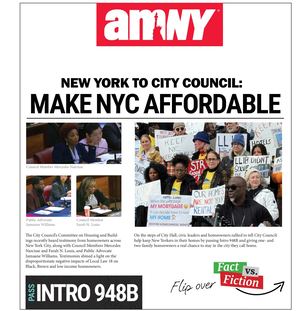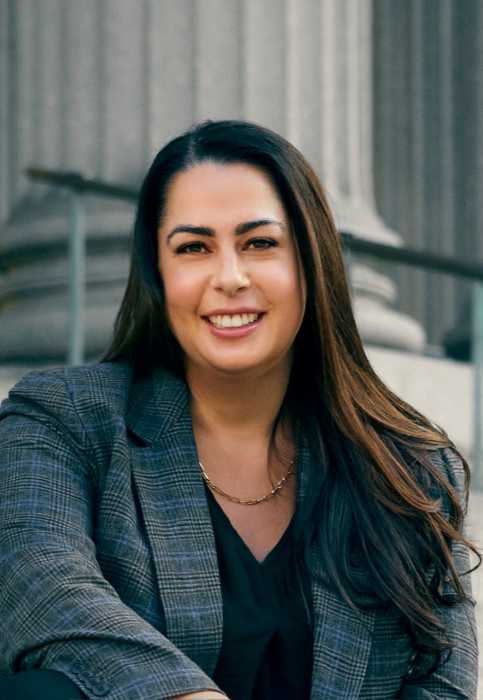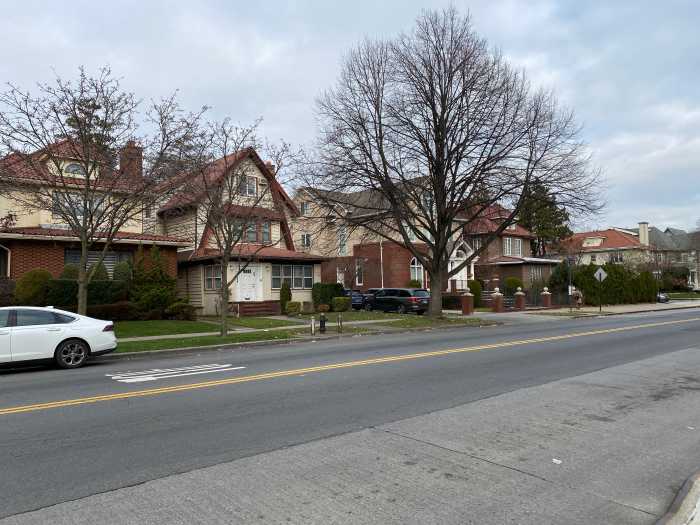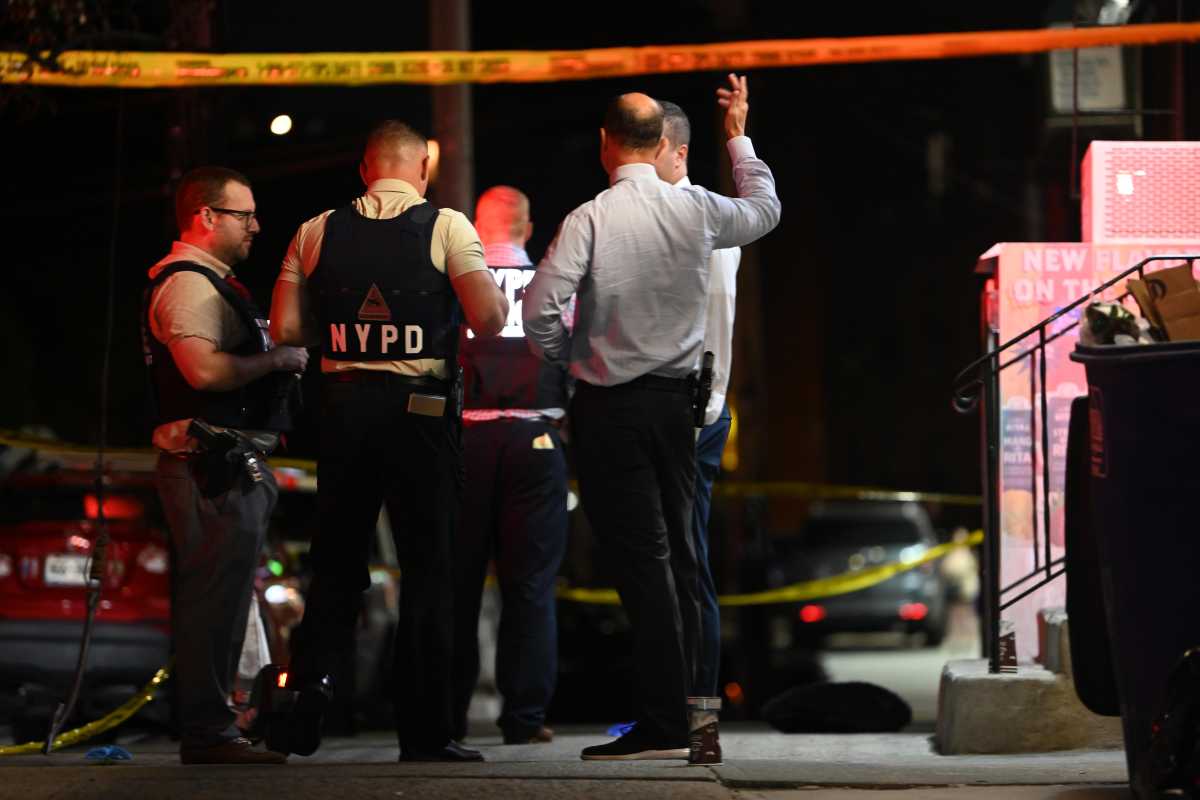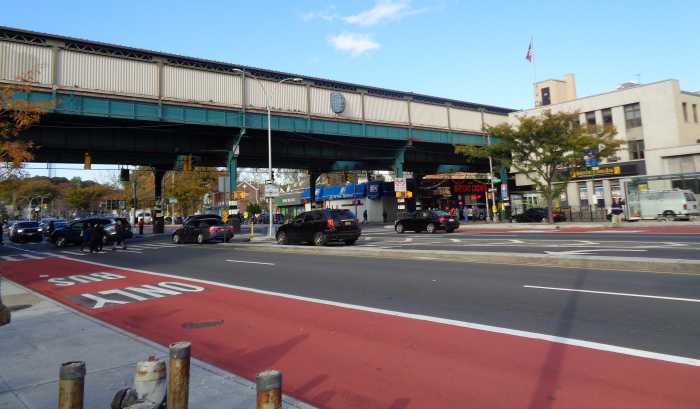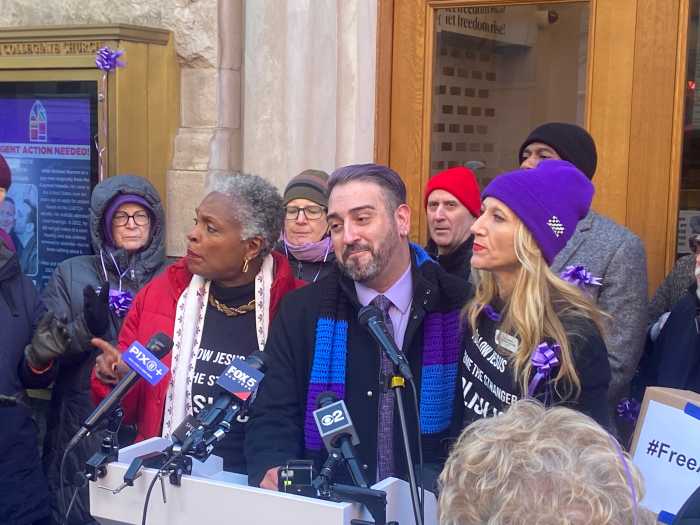
The amount of lead found in city drinking water has plummeted over the years, but a recent study shows a small percentage of residences’ water have levels of the hazardous material that exceed federal limits. Such results, however, are not widespread enough to require the city to act.
In light of this, residents should take steps to limit their lead exposure, city officials and health experts said.
In 2016, the city tested a pool of hundreds of homes known to contain lead in their tap water, as required annually under federal protocols. (The city Department of Environmental Protection said the compliance pool currently consists of more than 500 homes, but declined to immediately specify the exact size of the pool.) About 6.9 percent of those tested had lead levels above the federal limit, according to a recent report from the city’s Independent Budget Office.
If more than 10 percent of the tested homes are found to have water with lead that exceeds the threshold of 15 parts per billion, the federal government requires the city to take steps to control corrosion and offer the public information about how to protect their health.
The homes most at risk were those in prewar buildings constructed in the 1920s and 1930s, the study found — well before lead lines were prohibited. Community districts with relatively more of those sorts or residences had more lead detected in the water, including those spanning such neighborhoods as Ridgewood and Maspeth in Queens, Bedford Stuyvesant in Brooklyn, Co-Op City and Riverdale in the Bronx, and South Beach in Staten Island, the IBO study said.
Any presence of lead in tap water comes from fixtures in the homes, according to the city Department of Environmental Protection. Water flowing from the upstate reservoir system is virtually lead-free and tested more than 600,000 times per year, the DEP said. That department treats the water with orthophosphate, which prevents corrosiveness in fixtures that may contain lead.
The IBO said there are no laws compelling city property owners to do anything when lead is detected in their buildings, unlike rules for public buildings like schools. That places the onus on individual residents to monitor their lead consumption.
The city provides lead testing kits to any resident who wishes to gauge the level of lead in their water. In 2016, the DEP distributed 4,740 such kits and 3 percent revealed water lead levels above the federal action threshold, according to the IBO report. In 2017, the DEP said it handed out 7,957 kits, but it could not immediately provide figures on what the results showed.
To flush out lead, the city recommends running the tap for at least 30 seconds, if it has not been used in a few hours. The state Department of Health suggests running it for one minutes; and some medical professionals recommend periods as long as two minutes.
Experts say lead in water may contribute to hazardous lead consumption, but is not known to be hugely detrimental in most cases.
Dr. Stanley Shaffer, director of the Western New York Lead Poisoning Resource Center at Golisano Research Hospital in Rochester, noted the leading cause of lead poisoning by far is lead paint.
“Lead in water tends to be a relatively minor source of lead exposure,” said Shaffer. “But that’s talking in general terms…For a particular person who might be drinking a lot of water and has all these sources in their home, it may be more of a problem. For most people it’s not a huge issue.”
He described babies as the most at-risk population. Shaffer said parents may use tap water to make formula, and lead in any concentrations can adversely impact development in young children.
Dr. Morri Markowitz, who specializes in lead poisoning, said that the lack of documented cases stemming from water rather than paint may be due to inspection practices. If a child has lead poisoning and paint containing lead is discovered in his or her home, the source will be attributed to paint without further examination, according to Markowitz, director of the Lead Poisoning Treatment and Prevention Program at Montefiore Medical Center in the Bronx.
“Potentially we didn’t look,” Markowitz said. “That’s the caveat in saying it doesn’t seem to be a major problem in New York City in homes.”
Markowitz also noted that the federal standard of 15 parts per billion is not “health-based” — the actual amount of lead that can be safely consumed is likely less than that. The federal Environmental Protection Agency has stated that no amount of lead in a child’s blood is “safe.”
